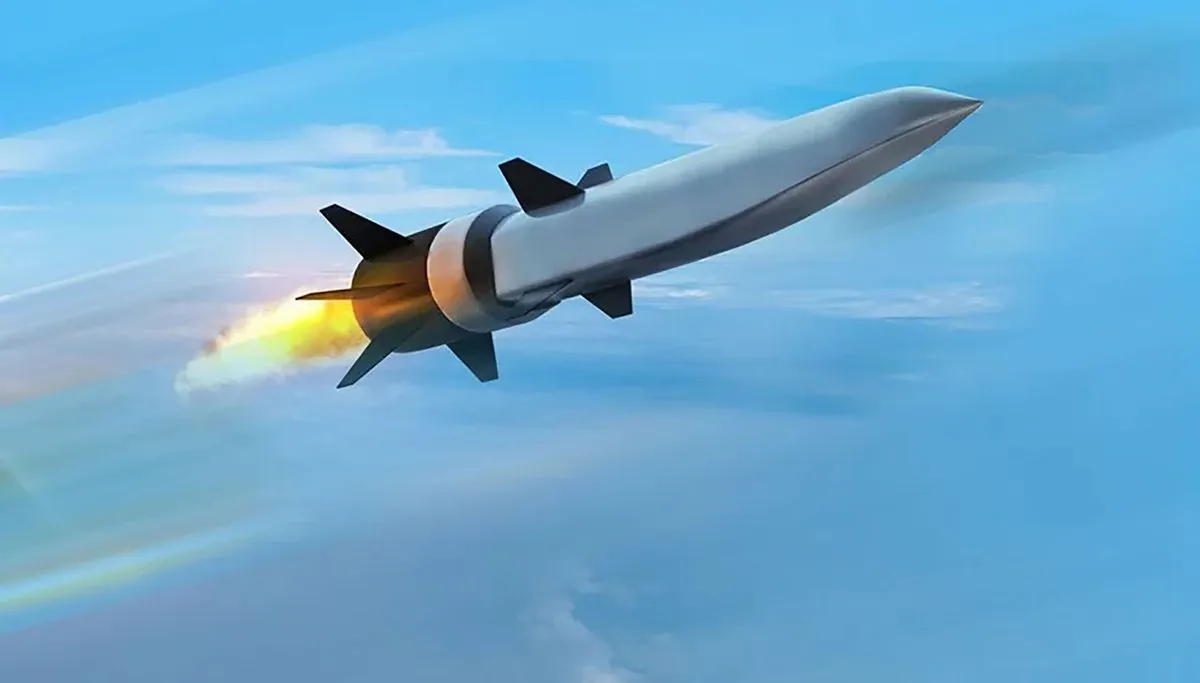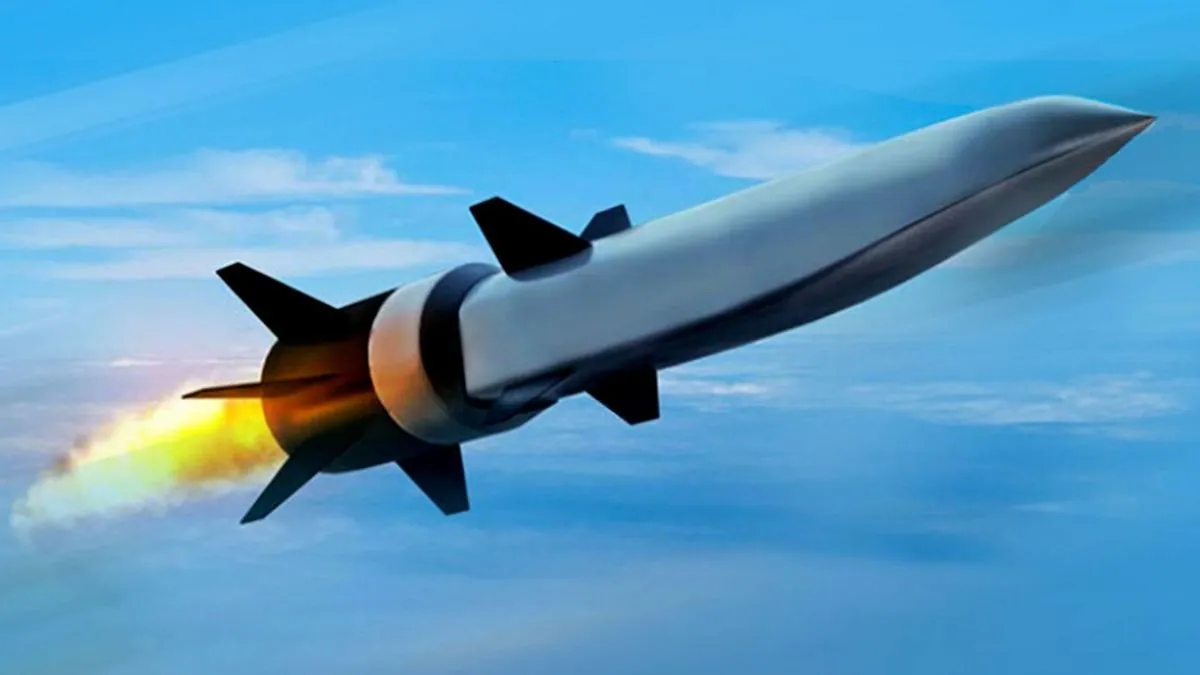Pentagon's Hypersonic Weapon Progress Lacks Transparency, GAO Reports
GAO audit reveals Pentagon's insufficient reporting on hypersonic weapons development challenges. Despite $12 billion investment since 2018, US lags behind Russia and China in operational deployment.

The Government Accountability Office (GAO) has released a report highlighting the Pentagon's lack of transparency in communicating challenges faced in hypersonic weapons development. This revelation comes as the United States strives to catch up with Russia and China, who have already deployed such advanced weaponry.
Since 2018, the US has invested approximately $12 billion in hypersonic weapons development. Despite this substantial investment, the nation has yet to field its first operational system. Hypersonic weapons, capable of traveling at speeds exceeding Mach 5 and highly maneuverable, pose significant tracking and interception challenges.
The GAO report emphasizes the need for more comprehensive reporting to Congress on risk management progress. This increased transparency would enable lawmakers to better understand and oversee these critical programs. The audit primarily focused on the military's failure to employ modern digital engineering tools in weapon development.

Comparatively, Russia has reportedly used hypersonic weapons in Ukraine, while China has deployed at least one system, the DF-17. These advancements contrast sharply with the US's delayed efforts. Recent plans announced by the White House and NATO to rotate a US Army unit equipped with the Long Range Hypersonic Weapon into Germany by 2026 have drawn strong reactions from Moscow.
The report disclosed projected costs for major hypersonic programs, including $10.3 billion for the Army system and $30 billion for the Navy's Conventional Prompt Strike weapon. Test failures have derailed initial operational timelines for both Air Force and Army systems, originally set for September 2022 and September 2023, respectively.
While the Defense Department provides some information to lawmakers, the GAO stresses the importance of better risk communication for increased transparency to Congress, taxpayers, and other stakeholders. In June 2024, the Pentagon reported a successful test of the Army's system but declined to provide additional details about its significance.
Lockheed Martin Corp. is developing the Army's hypersonic system, while the Air Force has turned to RTX Corp. after deciding against procuring a system developed by Lockheed.
"Reporting comprehensive information would enable Congress to better understand and oversee the programs."
The development of hypersonic weapons has sparked concerns about a new arms race and has significant implications for global strategic stability. As the US Missile Defense Agency works on systems to counter hypersonic threats, the extreme heat generated by hypersonic flight continues to pose substantial engineering challenges.
As the race for hypersonic supremacy continues, the need for transparency and effective communication between the Pentagon and Congress becomes increasingly crucial for the United States to maintain its technological edge in defense capabilities.


































